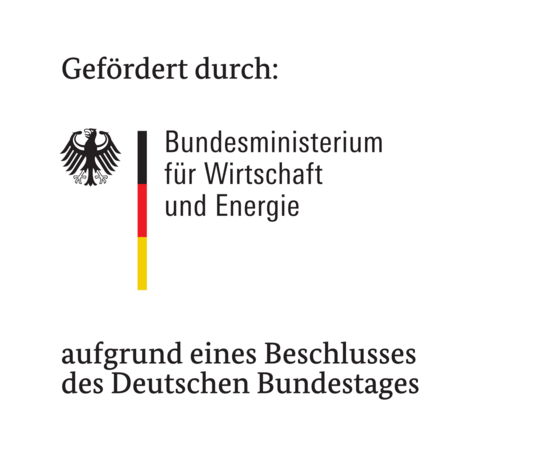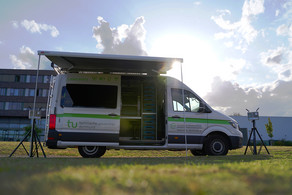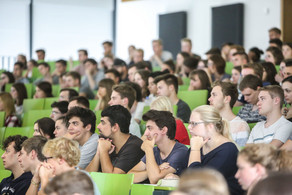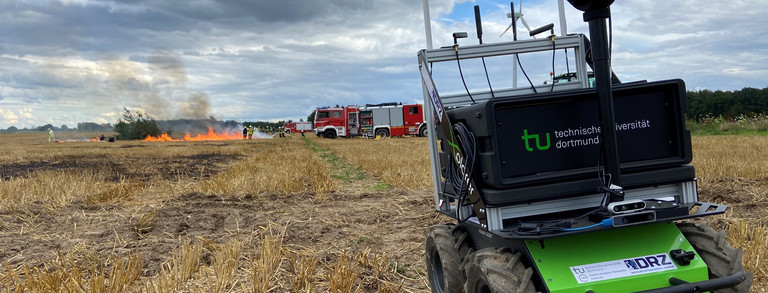IDEAL
Das Ziel des Projekts IDEAL (Impedanzregler und Dezentrales Engpassmanagement zur Autonomen Leistungsflusskoordinierung – gefördert durch das Bundesministerium für Wirtschaft und Energie) ist die Entwicklung eines reaktiven Engpassmanagementsystems für Hoch- und Mittelspannungsnetze.
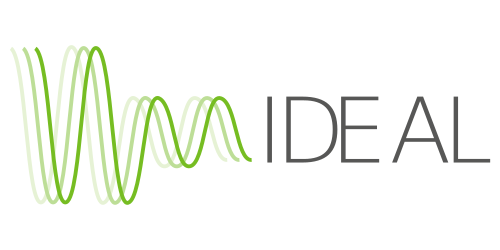
Unter der kombinierten Betrachtung energietechnischer und kommunikationstechnischer Aspekte wird ein Gesamtsystem entwickelt, durch welches die Netzinfrastruktur auf der Hochspannungs- und Mittelspannungsebene besser ausgenutzt und die Notwendigkeit konventionellen Netzausbaus somit reduziert werden kann. Durch eine Erhöhung der Flexibilität bei Betrieb und Planung des Stromnetzes werden wechselnde Einspeisesituationen besser beherrschbar, sodass ein sicherer und stabiler Netzbetrieb erreicht werden kann.
Die hierfür notwendige kommunikative Vernetzung zwischen Agenten, Impedanzreglern, zentralen Leistellen und dezentralen Flexibilitäten wird auf Basis neuartiger Vernetzungskonzepte durch den Lehrstuhl für Kommunikationsnetze erforscht und erprobt. Der Fokus liegt hierbei auf dem Vergleich von vermaschten Vernetzungskonzepten und Vernetzungskonzepten mit direkter Weitverkehrskommunikation im Kontext der Agenten-basierten Leistungsflussregelung im Energienetz. Neben einer simulativen und labortechnischen Analyse wird das entwickelte System abschließend im Rahmen eines Feldversuchs evaluiert.
Projektlaufzeit: 01.08.2016 - 31.03.2020
Dieses Projekt wird durch das Bundesministerium für Wirtschaft und Energie unter dem Förderkennzeichen 03ET7557A gefördert.
